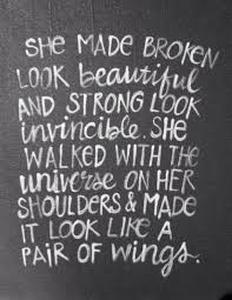
These early western navigators of the globe did some amazing things. Brave, belligerent, and intent on pursuing their inner drive to unearth the new and unknown, they risked much for what they would discover, and, indeed, the majority of them male.
However, with just as much tenacity and determination, and often battling sexism and acceptable mores of their times, our world has seen some phenomenal female pioneers, whose existence and accomplishments, history has not brought into the mainstream with the same exuberance.
After a bit of research, I would like to present ten such women, who have made an important mark in the world of traveling and exploration. Reporting about history can be quite subjective, and I am not immune from coming at my articles with my own personal opinions when it relates to having selected the women featured below.
These pioneers come from a pool of many female travel adventurers that I read and researched, but, whose achievements hit a special note within me. I'm hopeful that becoming familiar with these incredible ladies will ignite your curiosity to probe into the annals of history for other female travel trailblazers.
Origin: French
(1740-1807)
One of the most interesting stories is that of Jeanne Baret, better known as "Jean" Baret, a member of Louis Antoine de Bougainville's expedition on the ships La Boudeuse and Étoile in 1766–1769. Disguised as a man, it is believed that she and her former employer/lover, Philbert Commerçon, hatched a plan for Ms. Baret to join the expedition by enlisting as a male valet and assistant to Commerçon, who was the expedition's naturalist, shortly before Bougainville's ships sailed from France.
It was eventually discovered that she was, in fact, a woman, but she had gained the utmost respect of Bougainville, who by his own account, said Baret was herself an expert botanist. She was further, granted a pension of 200 livres a year by the Ministry of Marine, which is believed to have been as a result of Bougainville's own respect for Baret. The document granting her this pension makes clear the high regard with which she was held by this point:
"Jeanne Barré, by means of a disguise, circumnavigated the globe on one of the vessels commanded by Mr de Bougainville. She devoted herself in particular to assisting Mr de Commerson, doctor and botanist, and shared with great courage the labours and dangers of this savant. Her behaviour was exemplary and Mr de Bougainville refers to it with all due credit.... His Lordship has been gracious enough to grant to this extraordinary woman a pension of two hundred livres a year to be drawn from the fund for invalid servicemen and this pension shall be payable from 1 January 1785."
She died at age 67.
Origin: Austrian
(1797- 1858)
It must have taken a great deal of guts to follow her childhood dreams, after her sons had grown, to go on to become one of the first female explorers. In 1847, at age fifty, Madame Laura Pfeiffer traveled alone around the world, and then proceeded to publish books of her numerous explorations. Eventually, her popular books were translated into seven languages.
Born in Vienna, Laura was the daughter of a wealthy merchant. As a child, she preferred boys' clothing and liked sports and exercise, which was encouraged by her father, and in fact, she received the education usually given to a boy. Her first long journey was a trip to Palestine and Egypt with her father, when she was only five years old. This experience would influence her, the rest of her life. Unfortunately, following her father's death, when she was nine, her mother who disapproved of her unconventional upbringing, would insist she lead a more "feminine" life with girl clothes and piano lessons. Laura would eventually live a traditional life and marry and have two sons.
She later wrote in Visit to Iceland:
"When I was but a little child, I had already a strong desire to see the world. Whenever I met a travelling-carriage, I would stop involuntarily, and gaze after it until it had disappeared; I used even to envy the postilion, for I thought he also must have accomplished the whole long journey."
Madame Pfeiffer would make several trips around the world, with destinations that included Brazil, Chile and other countries of South America, Tahiti, China, India, Persia, Asia Minor and Greece, England, South Africa, the Malay archipelago, spending eighteen months in the Sunda Islands, visiting the Dyaks of Borneo and was one of the first persons to report on the behavior of the Bataks in Sumatra, and the Malukus.
After a visit to Australia, Madame Pfeiffer proceeded to California, Oregon, Peru, Ecuador, New Granada, and north again to the Great Lakes.
Her contributions also included collecting plants, insects, mollusks, marine life and mineral specimens during her travels. The carefully documented specimens were sold to the Naturhistorisches Museum in Vienna and Museum für Naturkunde in Berlin. Madame Pfeiffer was a member of geographical societies of both Berlin and Paris, but not of Royal Geographical Society in London due to her sex.
Origin: English
(1831 - 1904)
Isabella Lucy Bird, was a nineteenth-century English explorer, writer, photographer and naturalist. As a child, she suffered from spinal ailments but they never seemed to stop her throughout her life. The education she received came from her parents. Her father, a keen botanist taught her all about flora, and her mother instructed Isabella and her sisters a varied mix of subjects. An avid reader with a high intellect, Bird would have her first publication at age sixteen, a pamphlet addressing Free Trade v Protectionism after which she continued writing articles for various periodicals.
Bird's traveling life began in her twenties, when her doctor recommended she take a sea voyage to aid with her recovery from a recent spinal surgery. Within no time of his suggestion, the opportunity arose for her to set sail for America. This trip proved very fruitful for her as a writer, and the letters she would write about her time in America became the basis for her book "An Englishwoman in America."
Throughout her life, Bird would travel throughout Australia and Hawaii, climb Mauna Kea and Mauna Loa and visit Colorado, then the newest state in the United States. Her travels took her all throughout Asia to Japan, China, Korea, Vietnam, Singapore, and Malaya. Embarking on the study of medicine, she began work as a missionary at age sixty in India, with additional travels to Persia, Kurdistan, and Turkey.
In 1890, she became the first woman to be awarded the Honorary Fellowship of the Royal Scottish Geographical Society. Two years later, she became the first woman allowed to join the Royal Geographical Society (an honor previously denied Ida Laura Reyer Pfeiffer due to her gender) and was elected to membership of the Royal Photographic Society in 1897. Her final great journey, that same year, was traveling up the Yangtze and Han rivers in China and Korea, respectively. Later still, she went to Morocco, where she traveled among the Berbers and had to use a ladder to mount her black stallion, a gift from the Sultan.
Origin: American
(1859 - 1925)
Fanny Bullock Workman was an American geographer, cartographer, explorer, travel writer, and mountaineer, notably in the Himalayas. She was one of the first female professional mountaineers, who, both explored and wrote about her adventures. She set several women's altitude records, published eight travel books with her husband, and championed women's rights and women's suffrage.
Workman was born to a wealthy family and was educated in the finest schools available to women at the time. After marrying a wealthy man, the two traveled the world together, which included bicycle tours of Switzerland, France, Italy, Spain, Algeria and India, always writing books about their adventures. For fourteen summers, they would visit the Western Himalaya and the Karakoram, exploring several glaciers and reaching the summit of several mountains, including 23,000 feet on Pinnacle Peak, a women's altitude record at the time.
Becoming the first American woman to lecture at the Sorbonne, and the second to speak at the Royal Geographical Society, Fanny Workman received many medals of honor from European climbing and geographical societies and was recognized as one of the foremost climbers of her day.
Origin: American
(1864 - 1922)
Elizabeth Cochrane Seaman is better known by her pen name Nellie Bly. She was an American pioneering journalist who was widely known for her record-breaking trip around the world in 72 days, in emulation of Jules Verne's fictional character Phileas Fogg.
Bly is also recognized for launching a new kind of investigative journalism. In this pursuit, one of her greatest investigative reports was that of the Women's Lunatic Asylum on Blackwell's Island (now called Roosevelt Island). Working for Joseph Pulitzer's newspaper the New York World, she went undercover, agreeing to feign insanity to to enter the Asylum in order to investigate reports of brutality and neglect. Committed to the asylum, Bly experienced the deplorable conditions firsthand for her ten day stay. Her exposé, later published in book form as Ten Days in a Mad-House, caused a sensation and prompted the asylum to implement reforms. It also brought her lasting fame.
Perhaps her greatest success was in convincing her editor at the New York World that she should embark on a trip around the world, in order to turn the fictional Around the World in Eighty Days into fact for the first time. A year later, her suggestion became reality and she began a worldwide trip out of Hoboken, New Jersey that would include visits to England, France (where she met Jules Verne in Amiens), Brindisi, the Suez Canal, Colombo (Ceylon), the Straits Settlements of Penang and Singapore, Hong Kong, and Japan. Bly would also visit a leper colony in China and, in Singapore, she bought a monkey.
Bly died of pneumonia at St. Mark's Hospital in New York City in 1922 at age 57 and she was interred in a modest grave at Woodlawn Cemetery in The Bronx in New York City.
Origin: American
(1864- 1941)
Amy Isabella Crocker was quite a character, making headlines and living an unconventional life. An American socialite, Bohemian, poet and author, Amy (later changed to Aimée) was born in San Francisco, California in 1864. She would become an heiress in 1875 after inheriting $10 million (approximately $222,848,000 today) when her industrialist father "E.B" Crocker died. She was sent off to European finishing schools and would become quite wild, making headlines for her romances, escapades and scandals, including a nasty custody battle over her daughter Alma, with her former first husband, Porter Ashe, whose forefathers had given their name to Asheville, North Carolina and whose uncle was the great Civil War Admiral David Farragut. She would lose custody of the child.
It was at this point, she began extensive travel around the world, including an extended tour of the Far East, stopping first in Hawaii. It is said that King Kalākaua was so enamored with Crocker that he gave her one of his islands and an official title: Princess Palaikalani—Bliss of Heaven.
Her life was far from ordinary and in Crocker's 1936 autobiography, And I’d Do It Again, she chronicles many adventures while living and exploring the Far East, sometimes with her second husband, Henry Mansfield Gillig and sometimes traveling alone. Among the stories included in her book, she writes about are an escape from headhunters in Borneo, a poisoning in Hong Kong; a murder attempt by knife-throwing servants in Shanghai; three weeks in the harem of Bhurlana (She claimed to be the first English speaking woman who had ever seen the inside of a harem); a search for Kaivalya (Liberation) at the cave of the Great Yogin Bhojaveda in Poona; and two bizarre sensual experiences, one with an Indian boa constrictor, and another with a Chinese violin in the House of the Ivory Panels.
She was known for her cultural exploration of the Far East, for her extravagant parties in San Francisco, New York and Paris, and for her collections of lovers and multiple marriages, adopted children, Buddhas, jewelry, tattoos and snakes.
Origin: English
(1868 - 1926)
Gertrude Margaret Lowthian Bell, was an English writer, traveler, political officer, administrator, and archaeologist who explored and mapped Greater Syria, Mesopotamia, Asia Minor, Arabia. Her experience and knowledge built up through extensive travels in these territories, enabled her rise and highly influential position related to British imperial policy-making.
She is absolutely one of my favorite pioneers as she was highly esteemed and trusted by British officials and given a tremendous amount of power for a women at the time, making decisions with lasting political effects.
Along with T. E. Lawrence, Bell helped support the Hashemite dynasties in what is today Jordan as well as in Iraq, playing a major role in establishing and helping administer the modern state of Iraq, utilizing her unique perspective from her travels and relationships with tribal leaders throughout the Middle East. She has been described as "one of the few representatives of His Majesty's Government remembered by the Arabs with anything resembling affection"
She was born into a wealthy and prominent family, and enjoyed a high education and enabled her travels. Additionally, it is said that from a young age, her intellect, energetic and adventurous personality and a thirst for adventure, shaped her life path. This in combination with her early exposure to international politics through her grandfather, the ironmaster Sir Isaac Lowthian Bell, an industrialist and a Liberal Member of Parliament, in Benjamin Disraeli's second term, more than likely encouraged Gertrude's curiosity for the world, and her later involvement in international politics.
She never married, but her contribution as a member of the Red Cross, working with British Intelligence during World War I and strong ties and knowledge of navigating the middle east and fluency in Arabic, were invaluable to the world at large for years to come.
Origin: English and Italian (French born)
(1893- 1993)
For her ninth birthday Freya Stark received a copy of One Thousand and One Nights, and became fascinated with the Orient. From an early age, she loved reading - even in other languages, namely French and even taught herself Latin. Later in life, she would learn Arabic and Persian and studied at the School of Oriental and African Studies (SOAS) at the University of London.
In 1927 she would begin her travels to the east and boarded a ship to Beirut and would travel from there to Bagdad, Iraq. By 1931, she had completed three dangerous treks into the wilderness of western Iran, parts of which no Westerner had ever visited, and had located the long-fabled Valleys of the Assassins. Then in 1935, she travelled to the Hadhramaut, the hinterland of southern Arabia, where only a handful of Western explorers had previously ventured, never as far or as widely as she went. After World War II, she would travel throughout Turkey and document numerous books and essays about her expeditions.
Her writings, essays and books are extensive and Stark would continue to write throughout her entire life. In her old age, one of her last trips she would take was to Afghanistan, before returning to Asolo in Italy, where she would live out the rest of her life, a few months past her 100th birthday.
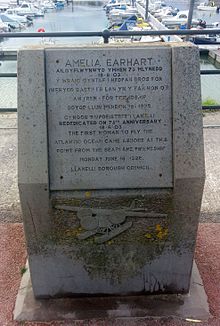 Commemoration Stone for Amelia Earhart's 1928 transatlantic flight, next to the quay side in Burry Port, Wales (photo credit: wiki)
Commemoration Stone for Amelia Earhart's 1928 transatlantic flight, next to the quay side in Burry Port, Wales (photo credit: wiki) Origin: American
(1897- 1937)
Amelia Earhart is best known as the first woman to fly solo across Atlantic. No small feat, but her accomplishments go well beyond this one incredible triumph. In her world renown fateful journey in 1937, to make a circumnavigational flight of the globe in her famous Lockheed Model 10-E Electra, Earhart disappeared over the central Pacific Ocean near Howland Island and was forever lost to the world. Fascination with her life, career and disappearance continues to this day and often overshadows the plethora of successes she achieved throughout her lifetime.
A love of the outdoors and the rough and tumble, Earhart was a tom-boy, who, as a little girl, while sledding with her younger sister "Pidge" only to have emerged from the broken wooden box that had served as a sled with a bruised lip, torn dress and a "sensation of exhilaration" is known to have exclaimed, "Oh, Pidge, it's just like flying!"
After attending a year at Columbia University in New York, Earhart quit, to return to California with her family. on December 28, 1920, Earhart and her father visited an airfield where Frank Hawks (who later gained fame as an air racer) gave her a ride that would forever change Earhart's life. "By the time I had got two or three hundred feet off the ground," she said, "I knew I had to fly." And fly, she did! On October 22, 1922, Earhart flew to an altitude of 14,000 feet setting a world record for female pilots. On May 15, 1923, Earhart became the 16th woman in the United States to be issued a pilot's license Fédération Aéronautique Internationale.
In April 1928, Earhart got a phone call from Capt. Hilton H. Railey, who asked her, "Would you like to fly the Atlantic?" She and her team departed from Trepassey Harbor, Newfoundland on June 17, 1928, landing at Pwll near Burry Port, South Wales, exactly 20 hours and 40 minutes later. There is a commemorative blue plaque at the site.
During her career, she did endorsements, was an associate editor at Cosmopolitan Magazine, set a world altitude record of 18,415 feet in 1931, became involved with The Ninety-Nines, an organization of female pilots providing moral support and advancing the cause of women in aviation, became the first aviator to fly solo from Honolulu, Hawaii to Oakland, California and joined Purdue University in 1935 as a visiting faculty member to counsel women on careers and as a technical advisor to the Department of Aeronautics. All toll, between 1930 to 1935, Earhart had set seven women's speed and distance aviation records in a variety of aircraft.
On July 2, 1937, the world lost one of the greatest aviators, as Earhart's plane went missing and was never recovered.
Origin: New Zealand
(1909 - 1982)
As the first person, let alone first woman, Jean Batten flew between England and New Zealand solo, thereby breaking other records. The daughter of Frederick Batten, a dental surgeon, and Ellen Batten, whom she had the strongest support from, in her choice of becoming a career pilot, Batten was a successful aviator.
In 1924 Batten was enrolled into a girls' boarding college in Remuera in Auckland where she studied ballet and piano. Though she was a gifted pianist, at age 18 she determined to become a pilot after the Australian pilot Charles Kingsford Smith took her for a flight in his Southern Cross airplane.
She and her mother moved to England in 1929, to join the London Aeroplane Club. Batten's first solo flight was in 1930 and she gained private and commercial licenses by 1932. The story of her raising the money to fund her 100 hours flying time to receive her license, as well as the funds to later "buy" her plane, the Gipsy Moth, came as the result of relationships she had with men. According to NZ History Online, "Raising money by taking advantage of her relationships with men was a theme that continued throughout her flying career."
In May 1934, Batten successfully flew solo from England to Australia in the Gipsy Moth. Her trip of 14 days and 22 hours beat the existing England-to-Australia record of English aviatrix Amy Johnson by over four days. For this achievement and for subsequent record-breaking flights, she was awarded the Harmon Trophy three times (1935, 1936, 1937) and also received an endorsement contract with Castrol oil.
Batten was created Commander of the Order of the British Empire (CBE) in 1936, and she was also given the Cross of Chevalier of the French Legion of Honour that year. Also in 1936, for the second successive year, Batten was again awarded the Royal Aero Club's Britannia Trophy for most meritorious performance in aviation during the previous year.
In 1938, she was awarded the medal of the Fédération Aéronautique Internationale, aviation's highest honour; she was the first woman to receive the medal. Throughout the 1930s she was very social and made many friends with other aviators internationally, as she described in her autobiography My Life.
At the end of her life, Batten lived as a recluse in several places around the world with her mother until her mother's death in 1965. In 1977 she was guest of honour at the opening of the Aviation Pioneers Pavilion at Auckland's Museum of Transport and Technology, after which she returned to her home in Spain, where she would pass and be buried.

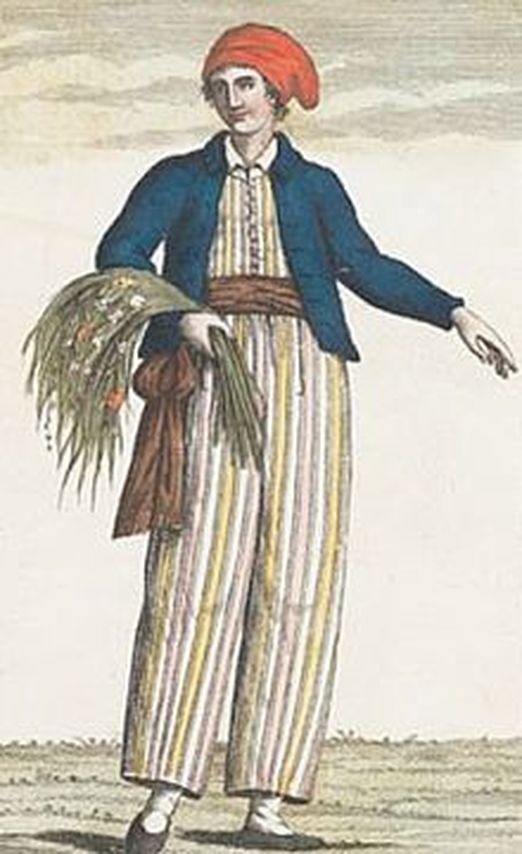
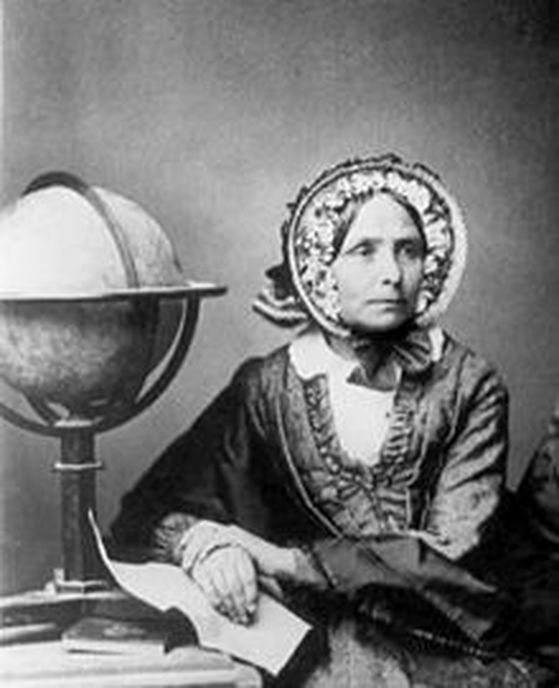
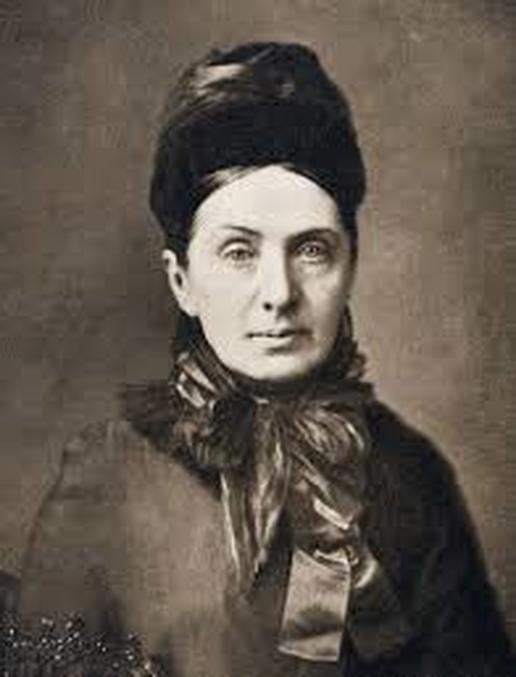
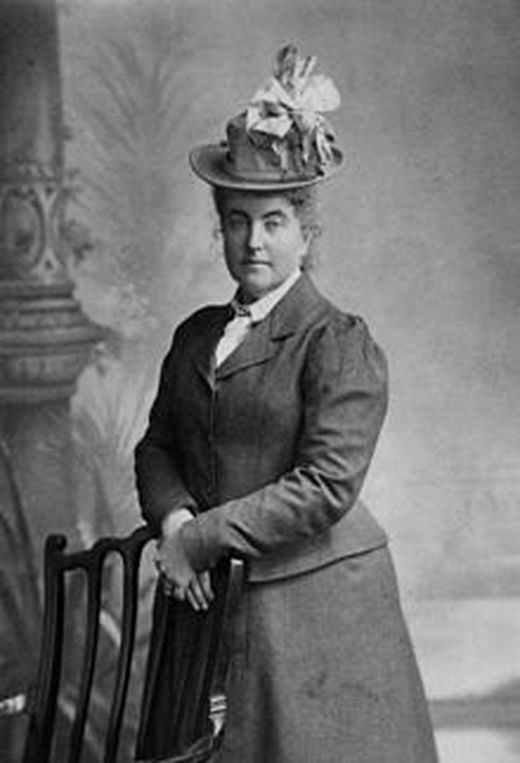
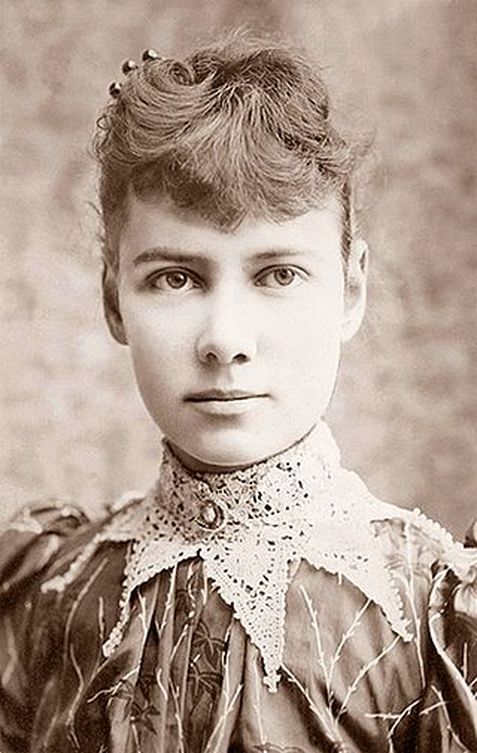
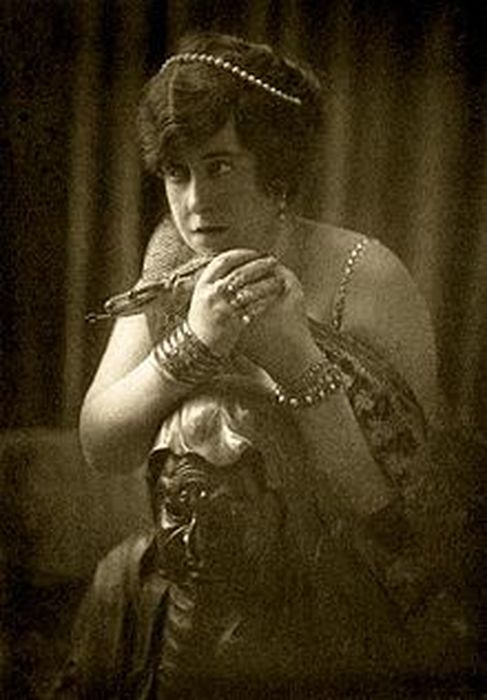
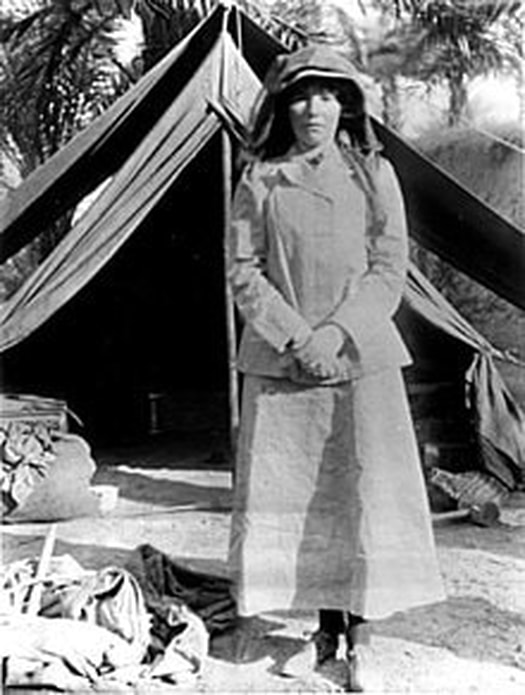
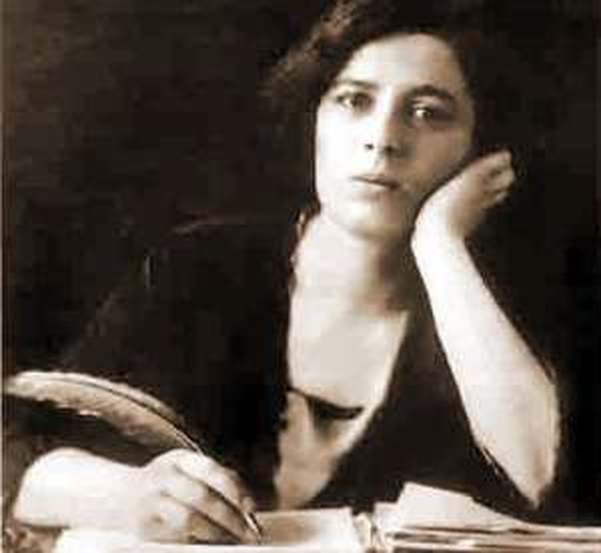
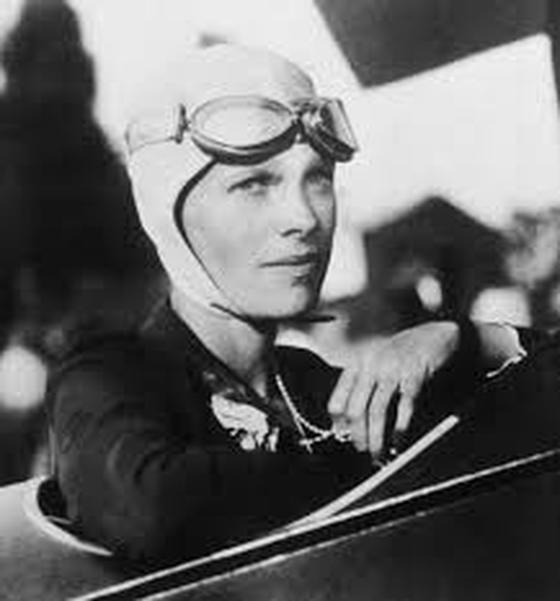
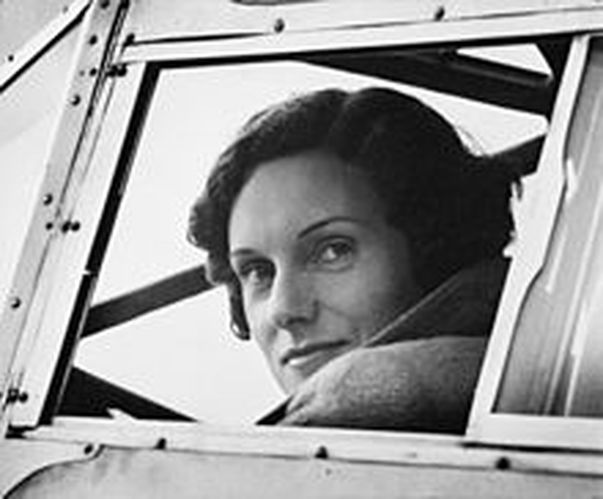
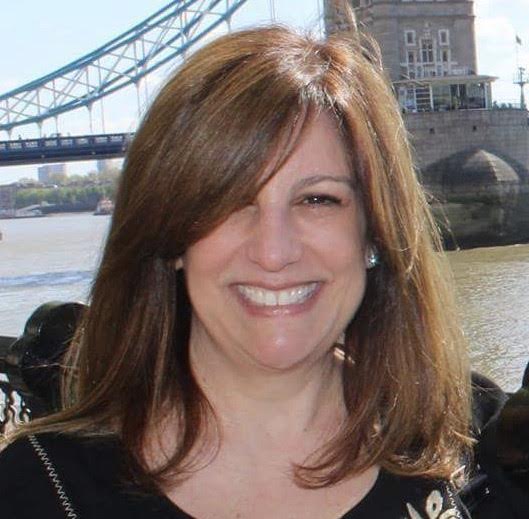
 RSS Feed
RSS Feed